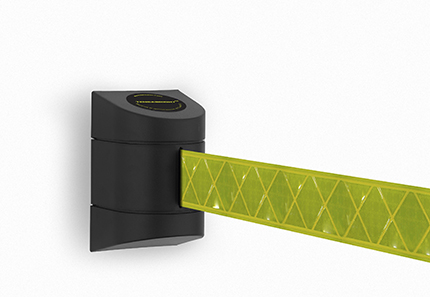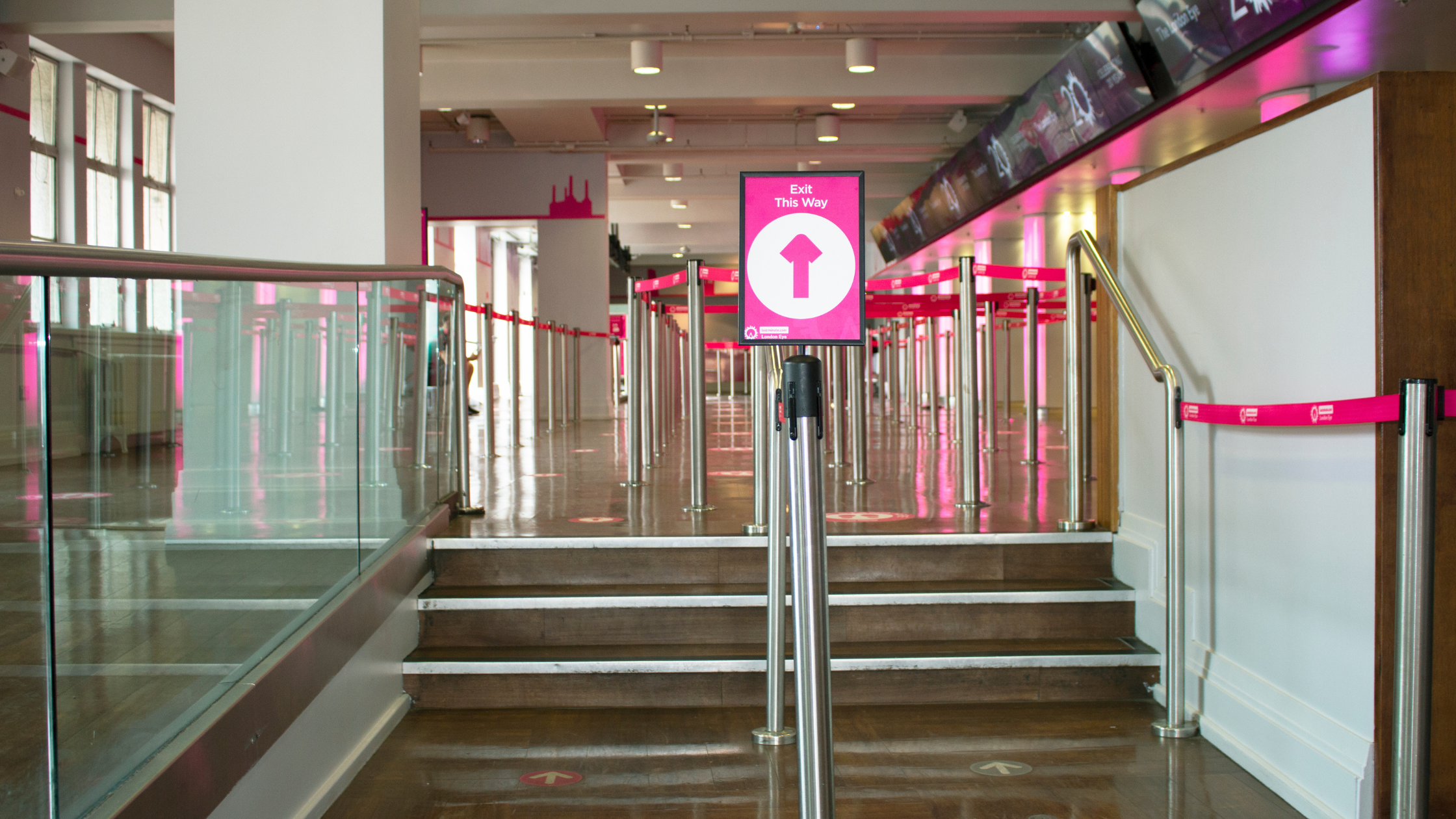- Home
- Sectors
- Solutions
- Tensabarrier®
- Tensamedia® Wayfinding and Signage
- Lawrence® Post & Rope
- Tensator® Airport Passenger Guidance System
- Electronic Queuing – eQ™
- Tensaguide® Modular Barrier System
- Tensator Micam Protection – TMP
- Safety Solutions
- Access Control
- In-Queue Merchandising
- Virtual Queuing – VQMS
- Tensator® Virtual Assistant
- Custom & Bespoke Solutions
- Resources
- About
- Contact Us
- Shop
 English (English)
English (English)
Don’t be in the dark with Health and Safety
28
Oct

In some parts of the UK, daylight hours can vary by up to ten hours – a huge discrepancy and an inevitable disadvantage for an industry that relies on deadlines.
In Aberdeen for example, there can be over 17 daylight hours between sunrise and sunset during the summer, and then this reduces to just over seven in January.
This presents a challenge for site managers so how do you ensure projects are still undertaken efficiently and on time, but in a safe manner without risk?
There is a temptation to push through the darker months without adequate consideration for maintaining a safe working environment.
However, following the 1,900 injuries that occurred to construction workers in 2014, the CDM regulations have become increasingly stringent, and rightly so.
We have recognised the need to facilitate employers to quickly and easily highlight hazardous or restricted areas during poor lighting or weather conditions.
Winter means limited visibility for workers, meaning hazards and areas of risk can often be missed.
The most common method of tackling this is through the erection of traditional signage, warning workers about the potential dangers ahead.
But, there is a risk that workers become a little desensitised to displays like this, particularly on sites where construction workers are operating for long periods of time.
Nevertheless, site managers and construction companies need to take responsibility to be innovative with their health and safety guidelines.
However, following the 1,900 injuries that occurred to construction workers in 2014, the CDM regulations have become increasingly stringent, and rightly so.
We have recognised the need to facilitate employers to quickly and easily highlight hazardous or restricted areas during poor lighting or weather conditions.
Winter means limited visibility for workers, meaning hazards and areas of risk can often be missed.
The most common method of tackling this is through the erection of traditional signage, warning workers about the potential dangers ahead.
But, there is a risk that workers become a little desensitised to displays like this, particularly on sites where construction workers are operating for long periods of time.
Nevertheless, site managers and construction companies need to take responsibility to be innovative with their health and safety guidelines.
Innovation could mean adapting procedures that firms already rely on, perhaps providing additional training for staff on site, or it could mean installing new materials, such as Tensabright, the world’s first hi-vis retractable belt that creates a florescent effect during the day and a glow in the dark appearance during the night.
Tensabright is up to seven times brighter than alternative glass bead technology, ensuring that it remains highly visible and effectively highlights potentially dangerous conditions on site, reducing the risk of an accident occurring.
The chance of being involved in a workplace accident can be up to 36 per cent higher during hours of darkness, which highlights the importance maintaining a safe working environment during the winter months.
Original article can be read on Construction News.



